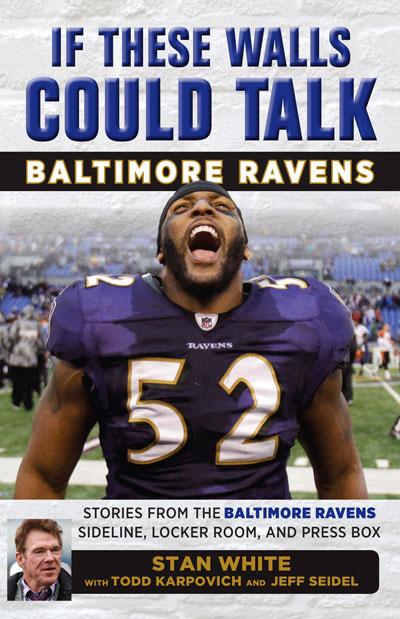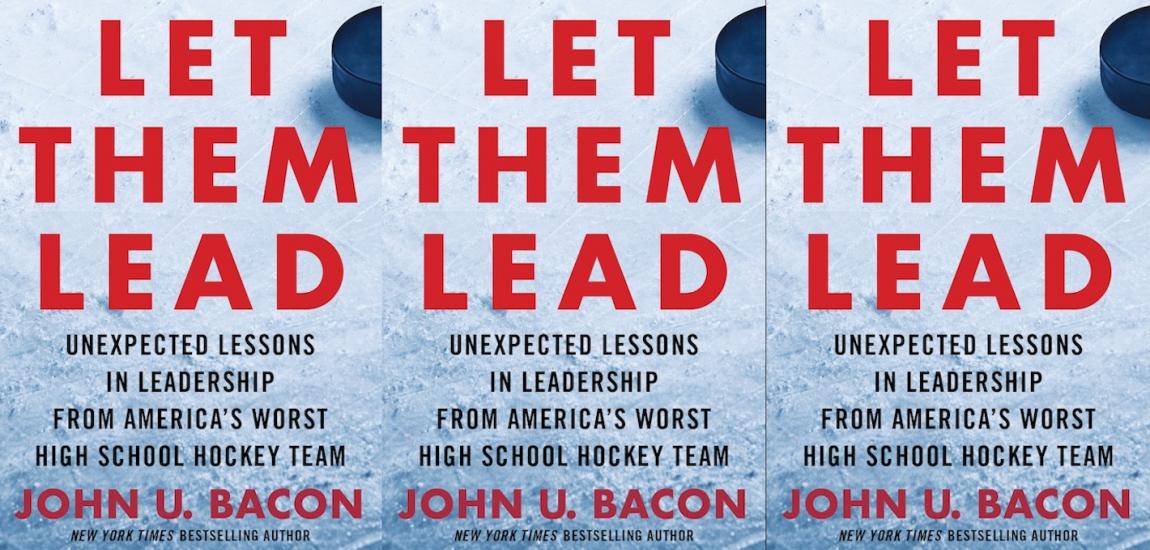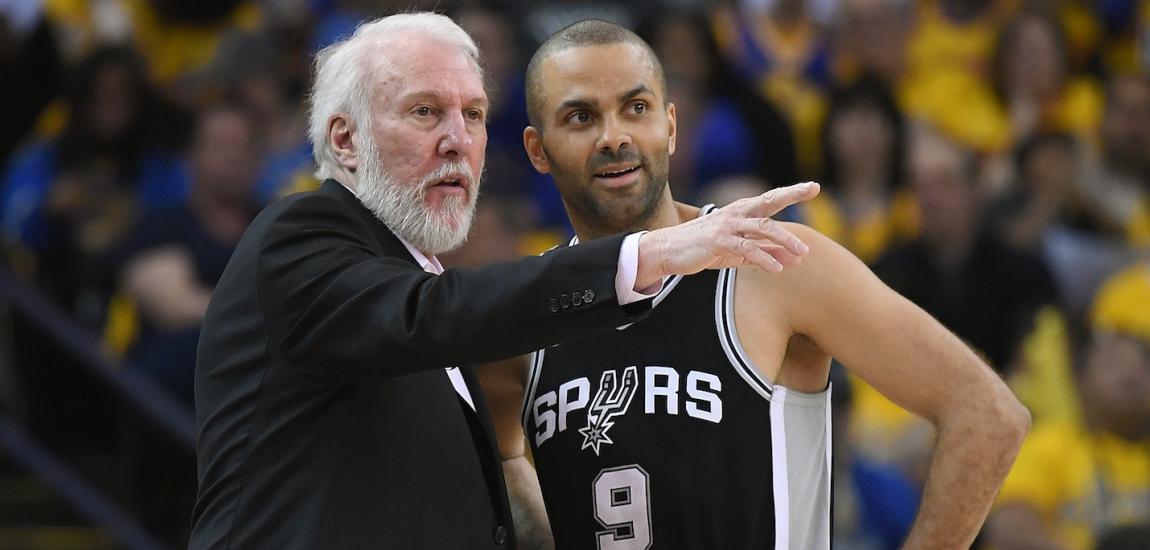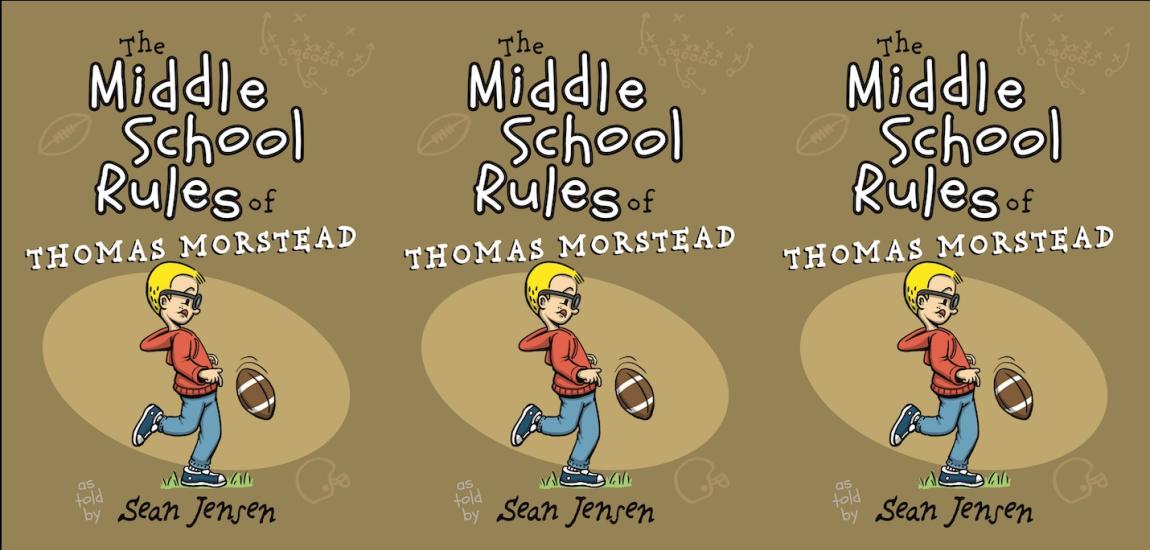The Baltimore Ravens won just four games in 1996, their first season after the franchise moved from Cleveland, but they had found the cornerstones of success in the draft. This excerpt from If These Walls Could Talk: Baltimore Ravens examines how the team landed two game-changing players, offensive lineman Jonathan Ogden and linebacker Ray Lewis.
The Baltimore Ravens opened the regular season to much fanfare on September 1, 1996. Fans flocked to 33rd Street in droves to greet the new franchise in its inaugural game against the Oakland Raiders. Many of the former Baltimore Colts were on hand to participate in pre-game ceremonies, including Johnny Unitas and Art Donovan. The team rewarded the crowd of 64,124 -- the largest in Memorial Stadium's 42-year history -- with a 19–14 victory. Ravens quarterback Vinny Testaverde scored the team's first touchdown on a nine-yard run that sent the stadium into a frenzy reminiscent of the old Colts days.
This game, however, was not your usual regular-season opener. The impact and historical importance of the day was not lost on the Ravens players, many of whom spent a miserable prior season in Cleveland as a lame duck franchise. After the game, Testaverde paid homage to Unitas and the storied football history in Baltimore. "Just knowing that he was here today, a legend with the great years he had in Baltimore, it's just a great beginning for this franchise," Testaverde said after the game. The victory over the Raiders, however, was one of the few highlights of that season.
Much of the Ravens' long-term success was built around their first-ever draft in 1996. With a pair of first-round selections that year, it was paramount the team make the best possible selections to put them on a winning path. Whiffing on a first-round pick can set a franchise back for years. It was during this draft that Baltimore general manager Ozzie Newsome began to earn a reputation as one of the best in the business in regard to evaluating players. The Ravens have been able to grab several game-changing players in the NFL draft, but 1996 might have been their best performance.
The Ravens were able to get the two first-round picks because of a trade the Cleveland Browns made the prior season. The Browns sent the 10th overall pick in 1995 draft to San Francisco in exchange for three picks that same year. The deal also involved the 49ers' first-round selection in 1996. As a result of the move, the Ravens were able to take full advantage. Baltimore had the fourth overall pick of the 1996 draft because of the Browns' 5–11 record the previous year. Baltimore also had the 26th overall pick courtesy of the trade with San Francisco. It was an enviable position because that draft was stocked with talent.
The Ravens sorely needed to take advantage of that opportunity ... and they did, in a big way.
With the fourth overall pick, Baltimore took offensive tackle Jonathan Ogden from UCLA. Ogden hailed from Washington, D.C., and prepped at St. Albans School, so there was already some familiarity with the area. As a UCLA Bruin, he established himself as the top offensive lineman in the country. Ogden's imposing 6'9", 345-pound frame allowed him to maul opposing defenders, and he was rarely beaten for a sack.
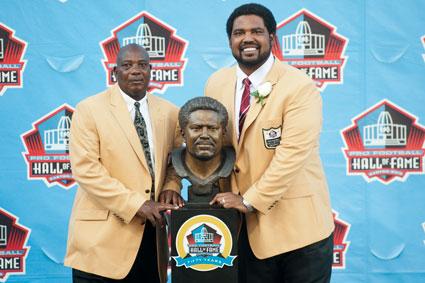
Bobb McKittrick, a former San Francisco 49ers offensive line coach, hailed Ogden as "the No. 1 offensive-line prospect ever." Ogden lived up to those lofty expectations. Over his 12-year career, Ogden appeared in 177 games, played in 11 Pro Bowls, and was named to nine All-Pro teams -- and all with the Ravens. He was voted into the NFL Hall of Fame in 2013.
"Everyone had me going to Arizona with the third pick and they wound up picking [defensive end] Simeon Rice," Ogden told the NFL Network prior to his being inducted into the Pro Football Hall of Fame. "I was a little disconcerted, but not too much. Then I remember the phone ringing, and it was Ozzie Newsome for me. He said, 'Are you ready to become a Baltimore Raven?' I said, 'Let's do it, man. Let's build something special down there in Baltimore.'"
The Ravens had contemplated taking troubled Nebraska running back Lawrence Phillips, but Newsome, who was the director of football operations at the time, decided to stick to his draft board and selected Ogden. Phillips played just three seasons in the NFL and tragically committed suicide in prison in 2016. The Ravens have never wavered from taking the best player available according to their draft board. It is a philosophy that has served them well over the years. This strategy has made their scouting department a model to replicate among other NFL teams. Newsome was eventually named general manager -- a promotion he directly attributes to the selection of Ogden in that draft.
"Jonathan is the foundation of this franchise," Newsome told ESPN. "If we don't pick Jonathan Ogden with that first pick, I may not have this job."
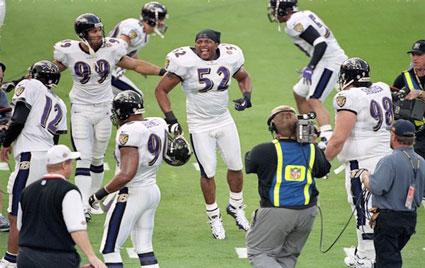
The Ravens' second pick in the first round proved to be equally as shrewd. With the 26th overall selection, Baltimore chose linebacker Ray Lewis from the University of Miami. Lewis eventually changed the face of the franchise. Despite a stellar college career, Lewis was widely regarded as being undersized at 6'0"and 220 pounds. Somehow, his heart and drive were underestimated. His leadership skills were also the best of any player in the draft.
Despite the intangibles, the Ravens still had their sights set on linebacker Reggie Brown of Texas A&M. However, Brown went to the Lions with the 17th overall pick. Lewis was still there at No. 26 and the Ravens jumped on him. While ESPN draft expert Mel Kiper acknowledged that Lewis was indeed on the smaller size, he said the linebacker had "tremendous instincts, range, [and] excellent form." Lewis ultimately became one of the best linebackers to ever play the game.
-- Excerpted by permission from If These Walls Could Talk: Baltimore Ravens by Stan White With Todd Karpovich and Jeff Seidel. Copyright (c) 2017. Published by Triumph Books. Available for purchase from the publisher, Amazon, Barnes & Noble and iTunes. Follow Todd Karpovich on Twitter @toddkarpovich.


